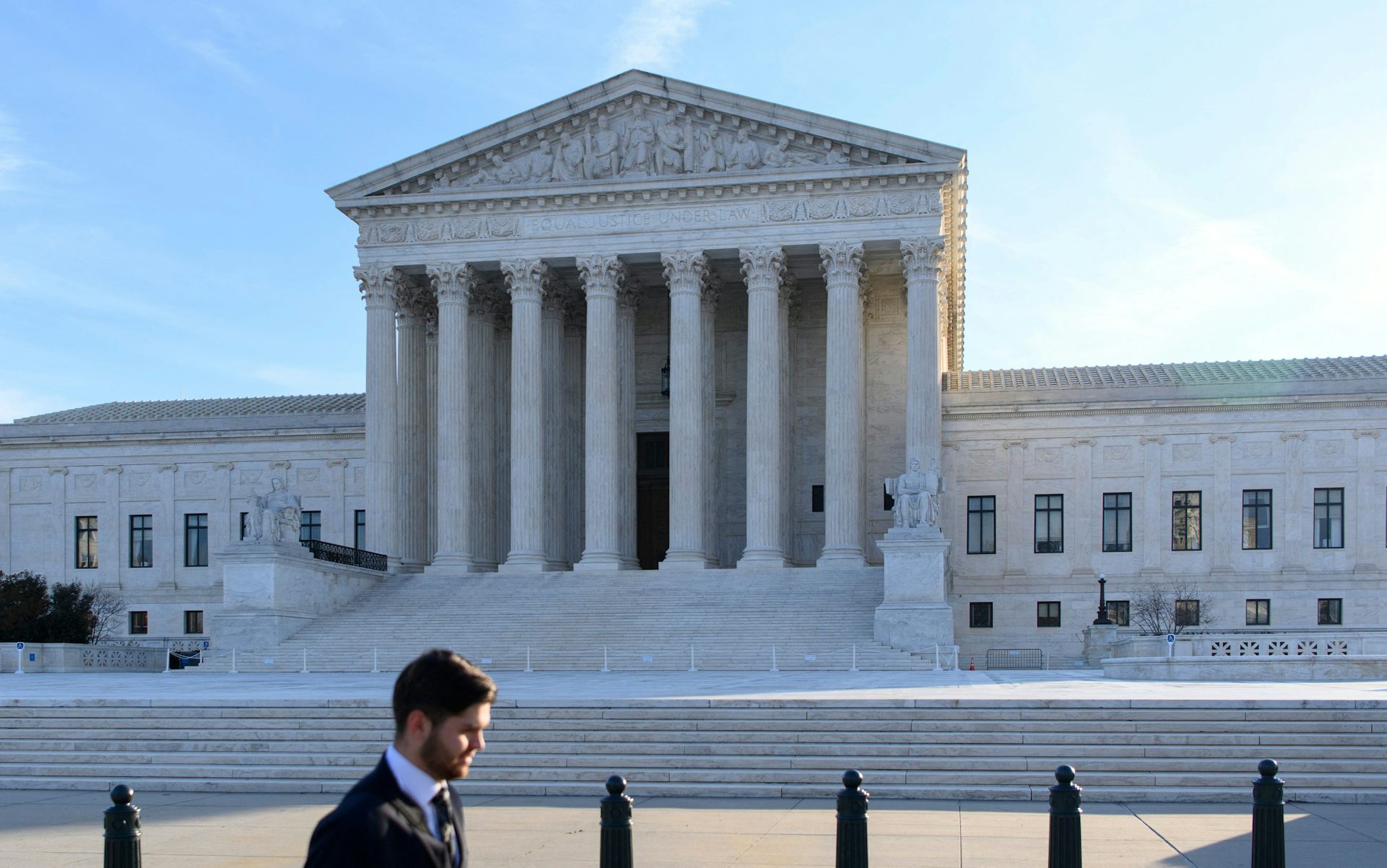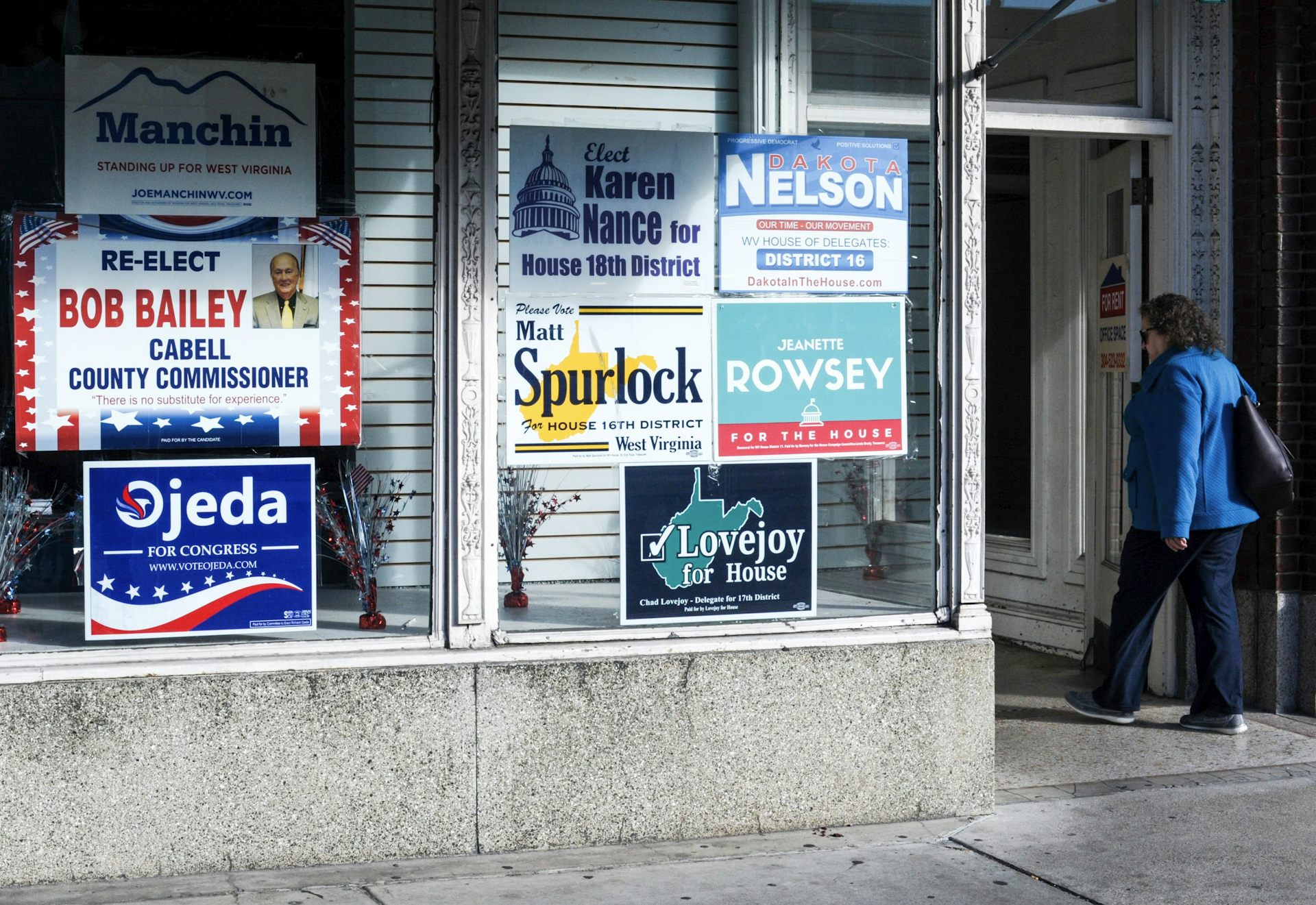Henry L. Chambers Jr., University of Richmond
In the upcoming midterm elections, states may use maps that a federal court has found unlawful.
You read that right: The U.S. Supreme Court recently barred federal courts from requiring states to fix their newly adopted, but unlawful, congressional maps before the 2022 midterm congressional elections.
In Merrill v. Milligan, the Supreme Court in February 2022, stayed the decision of a lower court that ruled Alabama had improperly redistricted its congressional seats. The lower court found Alabama’s maps resulted in Black and Democratic voters wielding less political power in Alabama’s congressional delegation than they otherwise would or should. It required Alabama to redraw its congressional map immediately.
The Supreme Court left Alabama’s congressional redistricting – deemed a violation of the Voting Rights Act by the lower court – in place through the 2022 midterm elections, without deciding for itself whether the maps are unlawful.
This ruling will guide federal judges considering similar cases in states across the country.
The decision will affect who gets elected to the U.S. House of Representatives and may determine control of Congress. It may not flip control of Congress from one party to another, but it almost certainly will affect the majority of the party that controls Congress.

The ideal
The U.S. Constitution requires a census every 10 years, which triggers congressional redistricting. As the Congressional Research Service describes this process, “reapportionment is the process of dividing seats for the House among the 50 states following the decennial census. Redistricting refers to the process that follows, in which states create new congressional districts or redraw existing district boundaries to adjust for population changes and/or changes in the number of House seats for the state.”
The reapportionment of the House of Representatives mandated by the Constitution and the requirement the Supreme Court enshrined in the 1960s that one person’s vote in a state should be approximately equal to another person’s vote in the state – known as “one person, one vote” – require virtually every state to redistrict after each census. States losing or gaining congressional representatives because of population loss or gain are most clearly required to redistrict.
In the wake of the 2020 census, West Virginia lost one representative. Texas gained two representatives, for example.
States that do not gain or lose congressional representation typically must also redraw their congressional districts. Population shifts inside a state – people moving from one part of the state to another – over the prior decade will require new districts be drawn to create districts with equal population. A state’s congressional districts must contain roughly equal populations to meet the Constitution’s one person, one vote doctrine.
Consequently, a state that has been apportioned 10 representatives and has 8 million people must redistrict to guarantee each of its congressional districts contains approximately 800,000 people.

The reality
State legislatures or state redistricting commissions draw a state’s congressional districts.
Such redistricting can lead to racial gerrymandering, which can diminish the power of racial groups and is unconstitutional or unlawful under federal law. It can also result in partisan gerrymandering, which gives an advantage to one party or the other. This may violate state law, but unlike racial gerrymandering, it does not violate federal law or the U.S. Constitution, the Supreme Court decided in 2019.
Voters, political organizations and legislators, among others, may challenge redistricting plans. Dozens of cases have been filed in state and federal court challenging aspects of congressional redistricting plans drawn in the wake of the 2020 census. Litigants may request that the districts be redrawn either by the legislature or redistricting commission that originally drew them, or by courts.
The legal principle that justice delayed is justice denied would suggest improper gerrymandering should be fixed as quickly as possible. The Supreme Court appears to disagree.
The court rests its mandated indolence on the Purcell principle, which claims electoral changes occurring too close to an election will confuse voters. The court has not defined how close to an election is too close to an election. The court also does not appear to closely consider how crucial such an electoral change might be in creating a fair electoral outcome.
Certainly, some changes that occur on the eve of an election – altering who can vote, how they can vote and where they can vote – may unfairly confuse voters and provide no significant benefits. But redrawing an electoral map months before a general election might not be that kind of disruptive change. Redrawing maps close to primary elections may cause confusion; however, primary elections may be delayed until legal maps can be drawn.
Congressional candidates may be inconvenienced if congressional districts are altered relatively close to an election, however “close” is defined. However, their inconvenience may not outweigh the need to draw fair districts that give everyone an equal voice.
The effect
The court’s choice to allow unlawful congressional redistricting plans to stand will likely affect who gets elected to the House of Representatives.
How districts are drawn may determine which candidates run and which candidates win. A state’s gerrymandered districts yield a different congressional delegation than if the districts were not gerrymandered.
The Supreme Court’s approach may have two important effects. First, the power to gerrymander or stop gerrymandering will now rest with state officials and judges.
In New York, state courts have deemed the congressional districts the State Assembly drew to be unlawfully gerrymandered under state law to benefit Democrats. The New York Court of Appeals, the state’s highest court, ordered non-gerrymandered maps be drawn. New maps – drawn by an independent scholar – that are more favorable to Republicans than prior maps were released in mid-May.
The House of Representatives is created by 435 local races. If one party is a net winner in the state-level gerrymandering battles, the winning party will keep its spoils until at least 2024. That will affect the legislation Congress passes and the run-up to the 2024 presidential election.
Second, even if Democrats and Republicans are equally successful in their ability to win state-level gerrymandering battles, the Supreme Court’s refusal to allow federal courts to address gerrymandered congressional districts may lead to districts that are more gerrymandered on both sides than they would have been otherwise. That, too, may affect the composition of the House of Representatives.
If gerrymandered districts yield more highly partisan representatives, the Supreme Court’s actions will likely lead to a House that is more highly partisan and less likely to produce bipartisan legislation. That may have implications for abortion, tax and economic policies and the many other issues Congress may address or fail to address.
The Supreme Court’s mandate to lower courts to take time to decide gerrymandering cases may appear procedural. However, it may have real, measurable effects in the lives of Americans.
![]()
Henry L. Chambers Jr., Professor of Law, University of Richmond
This article is republished from The Conversation under a Creative Commons license. Read the original article.



















